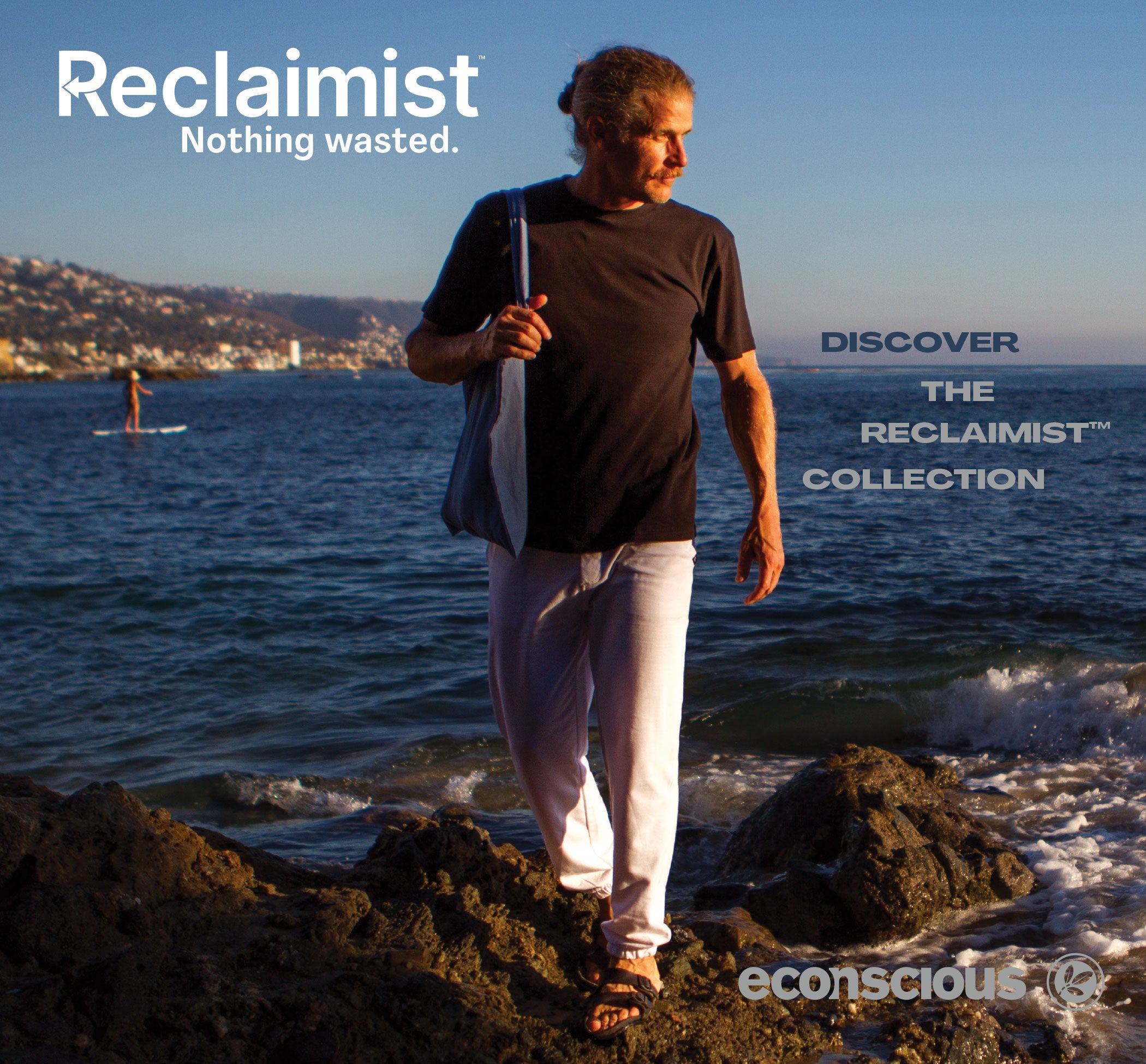econsciousness blog
What are the differences between organic and conventional farming?
The major differences are in the following categories: seeds, weed control, soil, water, and harvest practice. Organic agricultural practices prohibit the use of chemical pesticides, fertilizers, and genetically modified seeds (GMO seeds). For more information, check out the Organic Exchange Symbiosis booklet (Source: Organic Trade Association, 2008). Click here to find out more
What proportion of the agricultural chemicals are used to support conventional farming practices for cotton?
Conventionally grown cotton consumes 25% of the insecticides and more than 10% of the pesticides used in the world (Source: Organic Trade Association, 2008).
What is the estimated amount of agrochemicals used to produce a single cotton t-shirt?
According to the USDA 2007 usage data, .00544 pounds of pesticides is used to grow one pound of conventionally grown U.S. cotton. When 2005 synthetic fertilizer usage (nitrogen, phosphate, potash and sulfur) is included in the calculation, then the combined synthetic fertilizer and pesticide usage is .179 pounds per pound of conventionally grown cotton. For example, a 9 oz cotton tee shirt could use as much as 2.85 oz of chemical inputs to cultivate the fiber needed to produce the average conventional cotton tee shirt, or about 1/3 of the weight of the shirt.
How does organic farming support bio-diversity?
Through crop rotation, promotion of soil health, and through an absence of agriculture chemicals that effect the ability of wild life and insects around the farm to thrive (Source: Organic Trade Association, 2008). For more info visit: https://www.soilassociation.org/organic-living/why-organic/better-for-wildlife/
Which countries produce the most organic cotton globally?
The top five countries—India, China, Turkey, Tanzania, and the United States—produce nearly 97% of total global organic cotton fiber. India continues to be the biggest producer, growing approximately 74% of the world’s organic cotton. Global growth was expected to experience a 15 to 25% increase during 2014-2015. (Source: Organic Exchange: Organic Cotton Market Report, 2015).

